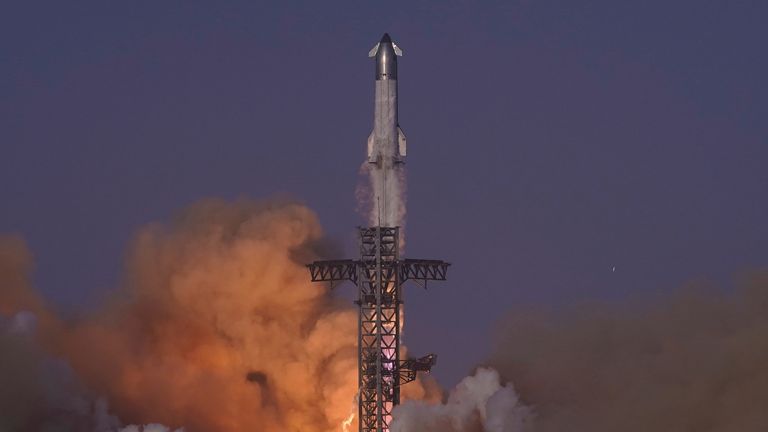The Headline
Starship's repeated failures jeopardize NASA's 2030 moon plans
Musk has a reputation for over-promising on timings but ultimately delivering era-defining technology. But is this an early sign that when it comes to Starship, he has finally reached too far?
Anonymous Space Industry Analyst
Key Facts
- The ninth test flight of Starship over the Indian Ocean ended in failure, marking the third consecutive failure for the spacecraft.
- The reconditioned booster performed well by delivering Starship to space but exploded during the landing burn, failing to demonstrate reusability.
- Repeated Starship failures raise questions about Elon Musk's ambitious timelines and whether he has overreached with the spacecraft.
- Starship's inability to orbit Earth and land successfully threatens NASA's plans to return Americans to the moon by 2030, forcing the agency to consider Musk's competitors more seriously.
Key Stats at a Glance
Number of Starship test flights
9 flights
Consecutive Starship failures
3 failures
Landing burn failure of reconditioned booster
1 event
NASA's target year to return Americans to the moon
2030 year
